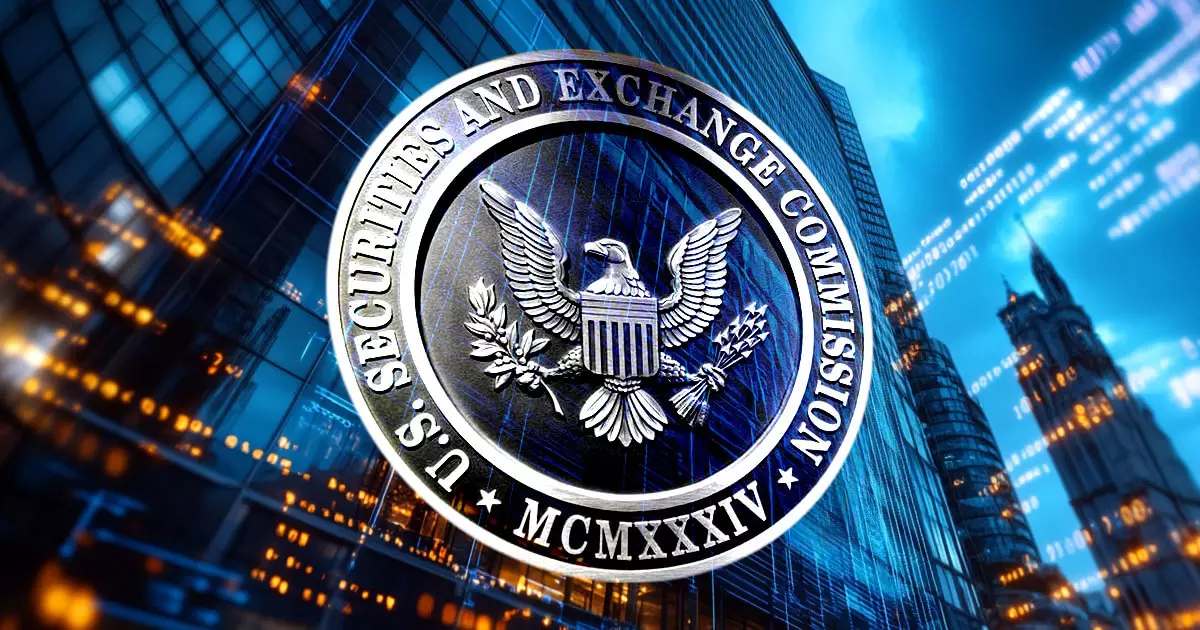In a pivotal move that demonstrates the United States Securities and Exchange Commission’s (SEC) evolving approach to digital assets and cyber-related crimes, the organization has substituted its Crypto Assets and Cyber Unit with the newly established Cyber and Emerging Technologies Unit (CETU). Announced on February 20, this shift aims to better address the complexities arising from technological advancements, with a keen focus on sectors such as artificial intelligence, blockchain, and cybersecurity.
Leading the CETU is Laura D’Allaird, formerly a deputy director within the SEC’s Division of Enforcement. D’Allaird’s leadership marks a significant step in consolidating the SEC’s regulatory capabilities, as the unit will comprise a team of 30 attorneys and fraud specialists across nine regional SEC offices. This ensures a well-rounded approach that integrates expertise in fintech, cybersecurity, and digital asset markets to combat the multifaceted risks posed by emerging technologies.
Acting SEC Chair Mark Uyeda has articulated a vision for the CETU that transcends merely enforcement; he emphasizes a balanced strategy that involves protecting investors while simultaneously fostering an environment conducive to innovation. Uyeda’s approach suggests that the CETU will work collaboratively with existing task forces, such as the one led by Commissioner Hester Peirce, to judiciously allocate enforcement resources. This cooperation exemplifies a legislative shift acknowledging that innovation and regulatory oversight are not mutually exclusive but rather complementary in safeguarding market integrity.
Uyeda’s commitment to facilitating capital formation and ensuring market efficiency reflects a significant acknowledgment of the need to clear roadblocks for technological advancement. The SEC aims to root out those who exploit such technologies to defraud investors, thereby potentially eroding public trust. The CETU’s initiative to monitor and regulate key areas—such as AI-driven fraud schemes, social media manipulation, cyber intrusion for material nonpublic information, and various forms of digital asset fraud—demonstrates an expansive and modernized understanding of market threats.
The evolution of the SEC’s regulatory approach comes on the heels of historical criticisms regarding aggressive enforcement strategies employed under former Chair Gary Gensler. His litigation tactics against significant firms such as Coinbase and Ripple raised concerns over an environment characterized by regulatory uncertainty. The CETU emerges not only in contrast to these past methodologies but also as a response to lessons learned through high-profile cases. By emphasizing the regulatory aims over mere punitive measures, the CETU highlights a dedication to creating a clear framework conducive to market development.
Moreover, the CETU’s formation is contextually linked to reforms initiated during the Trump administration—changes that have been seen as strategic movements to align the U.S. with global innovation in blockchain technology. By rescinding certain restrictive accounting guidelines, clarifying crypto asset classification rules, and approving new financial products like spot crypto ETFs, the SEC indicates a willingness to adapt in support of the emergence of digital assets. This strategic maneuvering aims not only to bolster the United States’ role as a leader in blockchain innovation but also to counterbalance the rising influence of foreign Central Bank Digital Currencies (CBDCs).
Focus Areas: Towards Targeted Surveillance and Responsible Innovation
The CETU has explicitly defined priority areas, including AI-driven fraud schemes and compliance with cybersecurity regulations. By concentrating on these focal points, the SEC seeks to address invasive and potentially harmful activities that capitalize on new technologies. However, it is critical to note that there is a nuanced distinction in the CETU’s mandate regarding its stance on perceived securities fraud associated with crypto projects. Instead of chasing potentially unregistered securities, the CETU’s focus narrows down to fraud where blockchain technology and digital assets serve merely as transactional mediums. This demarcation could mark a significant shift towards understanding the nature of digital assets in a more dynamic light.
Ultimately, the CETU’s establishment is not just a response to current challenges but an anticipation of the technological landscape’s future. As blockchain technology increasingly integrates into global finance, the SEC’s efforts reflect an acknowledgment of these innovations that are both inevitable and essential. By merging cyber expertise with refined regulatory parameters, the Commission looks poised to navigate the intricacies of technological risks while promoting growth and participation in the burgeoning digital asset landscape. Therein lies the hope that these regulatory reforms not only secure the investment environment but also stimulate continued progress within the ever-evolving domain of technological finance.

